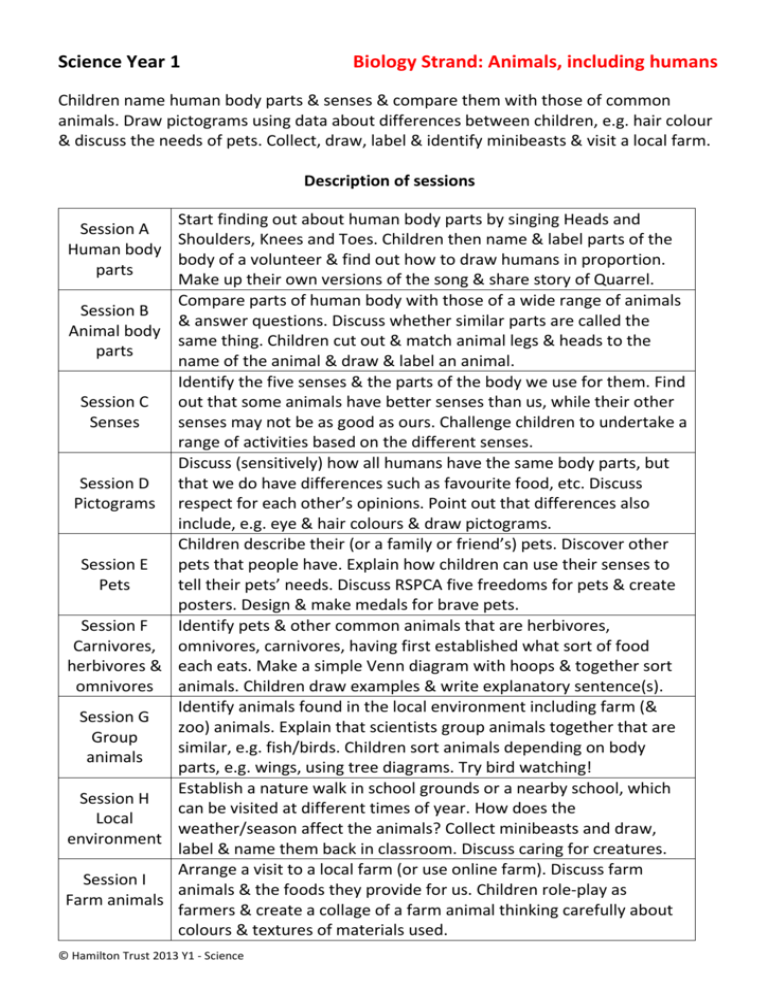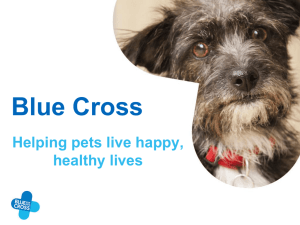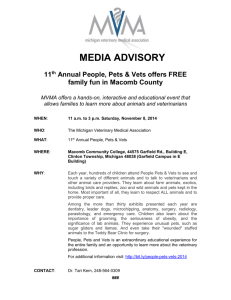Sessions Overview
advertisement

Science Year 1 Biology Strand: Animals, including humans Children name human body parts & senses & compare them with those of common animals. Draw pictograms using data about differences between children, e.g. hair colour & discuss the needs of pets. Collect, draw, label & identify minibeasts & visit a local farm. Description of sessions Start finding out about human body parts by singing Heads and Session A Shoulders, Knees and Toes. Children then name & label parts of the Human body body of a volunteer & find out how to draw humans in proportion. parts Make up their own versions of the song & share story of Quarrel. Compare parts of human body with those of a wide range of animals Session B & answer questions. Discuss whether similar parts are called the Animal body same thing. Children cut out & match animal legs & heads to the parts name of the animal & draw & label an animal. Identify the five senses & the parts of the body we use for them. Find Session C out that some animals have better senses than us, while their other Senses senses may not be as good as ours. Challenge children to undertake a range of activities based on the different senses. Discuss (sensitively) how all humans have the same body parts, but Session D that we do have differences such as favourite food, etc. Discuss Pictograms respect for each other’s opinions. Point out that differences also include, e.g. eye & hair colours & draw pictograms. Children describe their (or a family or friend’s) pets. Discover other Session E pets that people have. Explain how children can use their senses to Pets tell their pets’ needs. Discuss RSPCA five freedoms for pets & create posters. Design & make medals for brave pets. Session F Identify pets & other common animals that are herbivores, Carnivores, omnivores, carnivores, having first established what sort of food herbivores & each eats. Make a simple Venn diagram with hoops & together sort omnivores animals. Children draw examples & write explanatory sentence(s). Identify animals found in the local environment including farm (& Session G zoo) animals. Explain that scientists group animals together that are Group similar, e.g. fish/birds. Children sort animals depending on body animals parts, e.g. wings, using tree diagrams. Try bird watching! Establish a nature walk in school grounds or a nearby school, which Session H can be visited at different times of year. How does the Local weather/season affect the animals? Collect minibeasts and draw, environment label & name them back in classroom. Discuss caring for creatures. Arrange a visit to a local farm (or use online farm). Discuss farm Session I animals & the foods they provide for us. Children role-play as Farm animals farmers & create a collage of a farm animal thinking carefully about colours & textures of materials used. © Hamilton Trust 2013 Y1 - Science Science Strands KS1 Year 1 Plants Biology Animals, including humans Biology Everyday materials Chemistry Seasonal changes Physics © Hamilton Trust 2013 Y1 - Science Year 2 Living things and their habitats Biology Plants Biology Animals, including humans Biology Uses of everyday materials Chemistry Hamilton Trust Science Year 1 Biology Strand Animals, including humans © Hamilton Trust 2013 Y1 - Science








